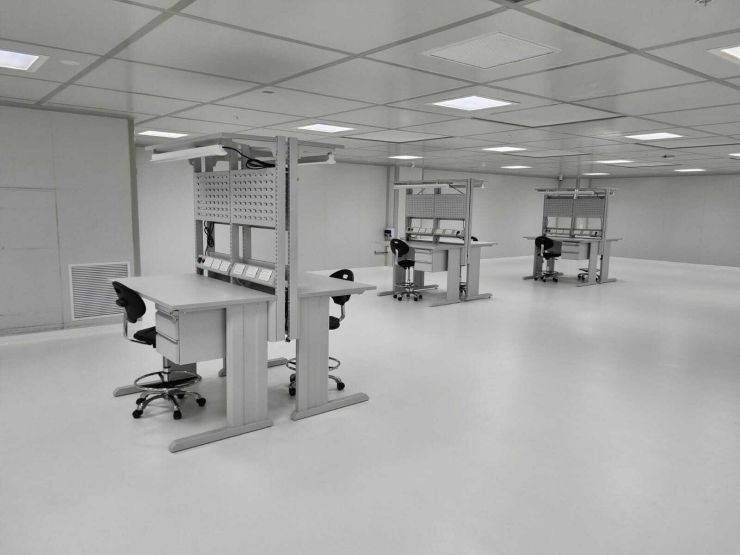When we undergo an examination in the doctor's room, receive medicine from the pharmacist or undergo a procedure with medical equipment - apart from the training of the doctor or pharmacist, his and the place's sterility is no less important to us. We want to see with the eyes disinfection of devices and the use of gloves, and an unclean treatment room, not to mention dirty, will immediately turn on all our sensors and rightly so. But what happens during the production, assembly and packaging of medical devices and medicines - before they reach the doctor's room? And who assures us that even then, they were not already contaminated as a result of a poor working environment?

The new standards in the medical world
The corona virus taught us the importance of the mask, gloves, and disinfectants. In the medical world, along with the enormous importance of a high level of cleanliness in treatment and testing rooms, it is also very important to have Cleanrooms where medical devices and medicines are manufactured. This is so significant that there is a standard that deals with the production, filling, assembly, and packaging environment. We want to prevent or minimize contaminants, whether they are on the physical, chemical, and microbial level. These contaminants, if found on medical equipment, can endanger the life or health of the patient or user, and we are all aware of the consequences of an infection involved in a medical procedure. In order to be able to manufacture the medical equipment and medicines according to high standards of cleanliness - there is a demand for Cleanrooms, without which the production process would not be medically approved.
What is a Cleanroom?
A Cleanroom provides a permanent regulated space with equipment that is able to monitor the environmental conditions 24/7.
Because medical devices and drugs enter the human body, they are at risk of introducing contaminants and dirt, whether introduced to a patient in the treatment room or even on the operating table. To avoid this, they require production and packaging under defined, controlled and supervised conditions, which is why there is a Cleanroom.
Working in Cleanrooms minimizes the risk and chance of contamination of the product by cataloging the number of particles and their size as well as by the microorganisms present in the air in relation to the unit of air volume sampled.
What parameters should be checked in Cleanrooms?
In a Cleanroom we are required to monitor parameters related to the cleanliness of the room and the cleanliness of the employee, to prevent a situation where the employee enters the Cleanroom when suffering from a virus or something similar. Climatic conditions, which can be a catalyst for the development of bacteria and changes in composition, temperature and humidity are monitored. In addition, air exchanges and pressure regimes are monitored to ensure that there is no outside entry of particles that can contaminate
Medical Division in the Zriha Group
have been at the forefront of technology in recent years when it comes to safety in production and maintaining high standards of hygiene and sterilization. Zriha's Medical Division specializes in providing comprehensive manufacturing solutions for the medical industries in , and all while complying with and complying with the medical standard. ISO: 13485

